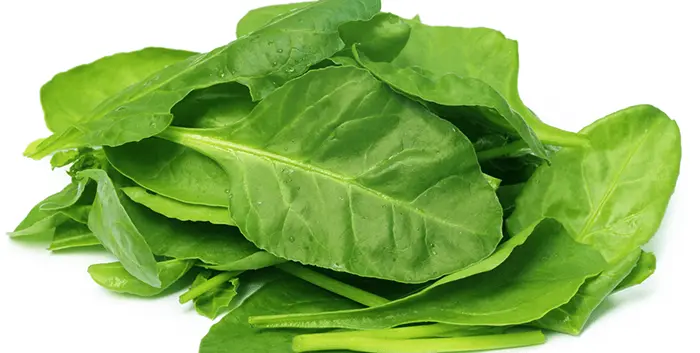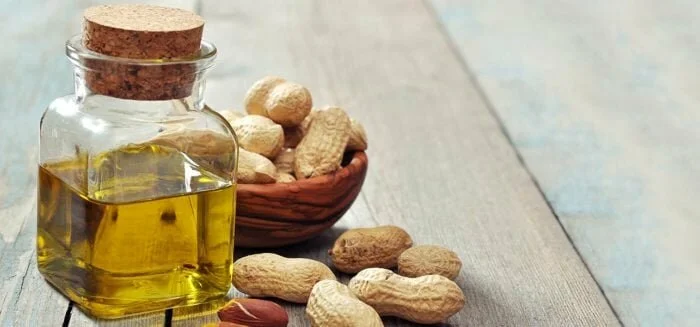Do you know that the sweets and colourful snacks that your children love so much are all covered with artificial colouring? And if you’re particularly health conscious, you should take a look at the colours you should watch out for and how it might affect your children and you.
1. Hyperactivity
A study funded by the UK government revealed that a mixture of food colouring, along with the preservative sodium benzoate (211) could be linked to increased hyperactivity in some children. The colours that the study looked at were tartrazine (102), quinoline yellow (104), sunset yellow FCF (110), carmoisine (122), ponceau 4R (124) and allura red AC (129). Food manufacturers have therefore been encouraged by the Food Standards Agency to use any colour other than these colours in production.
I would advise that you go for sweets and foods with neutral colours.
2. Allergies
Artificial colouring can cause an allergic reaction in sensitive children. In the 1980s there was a lot of concern about an artificial colour called tartrazine (102), which was proven to cause a mild allergic-type reaction in some children and adults. Further studies have shown that sunset yellow FCF (110) can have a similar effect.
However, natural colouring annatto (160b) has also been found to cause allergic reactions in some people, meaning that it’s not just about the substance but about the individual prone to allergies. Annatto can also be found in margarine, certain types of cheese, smoked fish and some cakes.
3. Cancer
Some studies have claimed that artificial food colourings have carcinogenic qualities which is why parents should be cautious when buying products with artificial colouring.
Not all these claims are correct though since many of them have no real evidence to prove this theory. Although, two long-term studies of rats found that erythrosine (127) does increase the incidence of thyroid tumours in the animals.
Eating largely fresh, whole foods is the best way to stay away from artificially coloured foods and unsavoury additives. And buy sweets and snacks with neutral colours because food colouring doesn’t really do anything for our foods other than making it look beautiful.
Eat less of processed foods and more of organic foods besides the artificial colours they contain additives which are not good for your body but which helps in preserving them.













